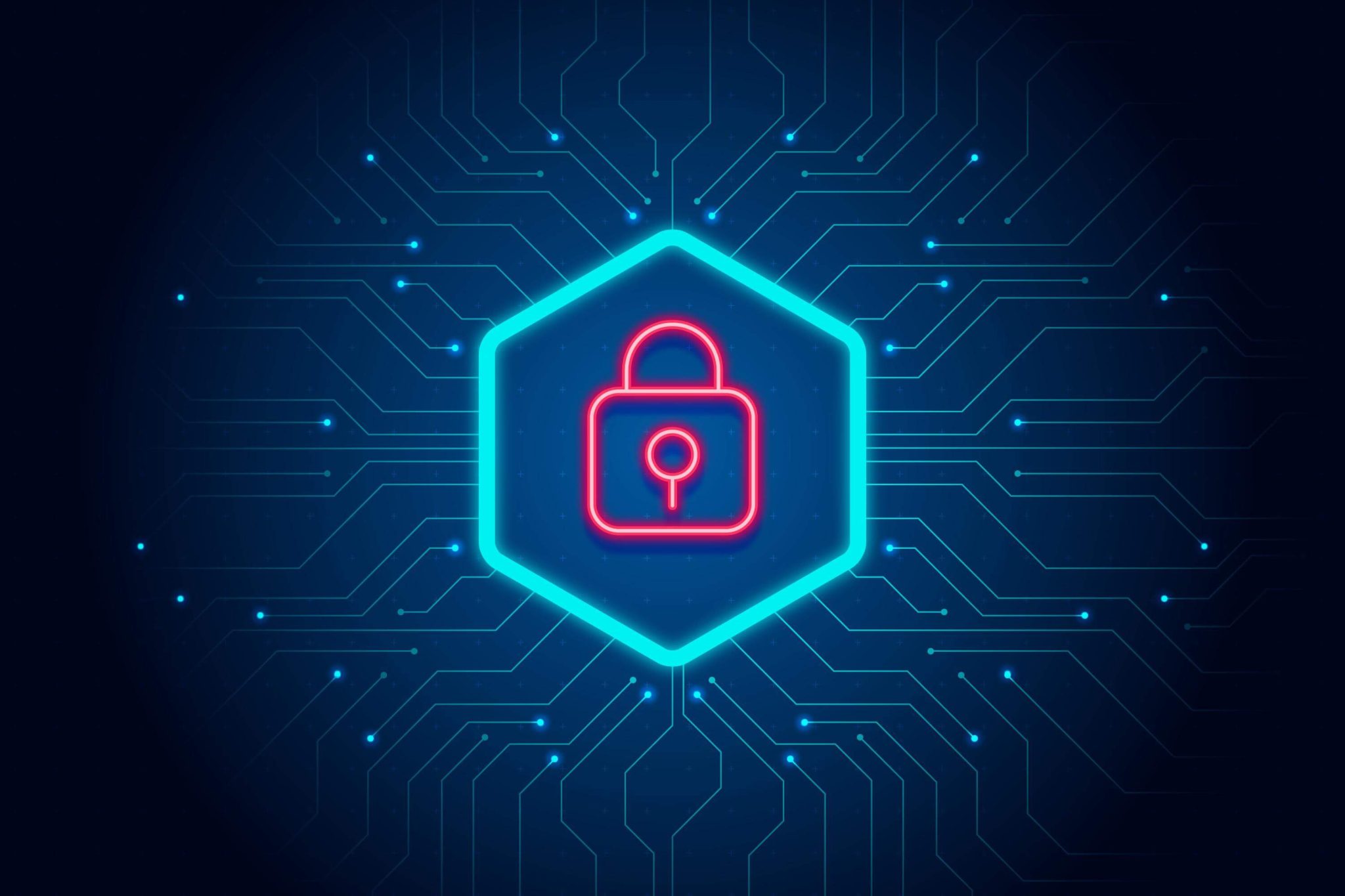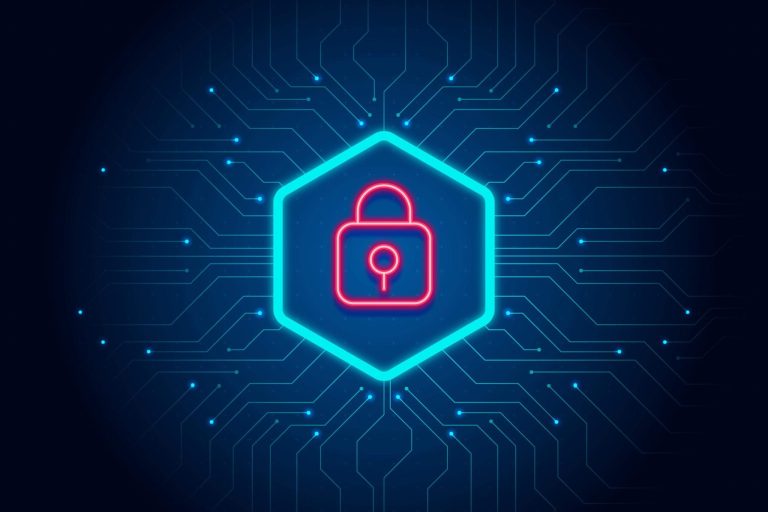In today’s digital world, businesses rely heavily on their online presence and infrastructure to operate smoothly and drive revenue. However, websites and web applications are constantly exposed to disruptions from downtime, cyber attacks, and other technical issues that can cripple operations and cause substantial financial losses. This makes proactive monitoring of websites and servers an indispensable strategy for organizations of all sizes looking to stay resilient in the face of modern threats.
According to research from Gartner, global IT spending is projected to reach $3.7 trillion in 2018, highlighting the massive dependence on technology. However, this also widens the risk profile for businesses, making disruptions increasingly expensive. Industry data indicates that the average cost of downtime exceeds $300,000 per hour across all industries. For ecommerce websites, lost sales can be even more catastrophic during peak traffic periods like Black Friday or Cyber Monday.
This is where proactive monitoring and rapid incident response play a key role in limiting damages. According to experts, the faster an outage can be detected and repaired, the lower the impacts on revenue and reputation. With website monitoring services like Network Notification, businesses can deploy monitoring across their sites, servers and applications to get notified immediately if performance issues or outages occur. When time is of the essence, receiving alerts in real-time via SMS, Voice Calls, Email and Push Notifications can be the difference between minor blips and major disasters.
Why Website Monitoring Matters More Than Ever Before
In today’s high-risk threat landscape, website monitoring provides an indispensable layer of protection and awareness. Here are some key reasons why monitoring is a critical investment:
1. Defend Against Cyber Attacks
Hackers and cyber criminals are constantly looking for vulnerabilities to breach websites and web applications. Common attack vectors include Distributed Denial of Service (DDoS) attacks, SQL injections, cross-site scripting and phishing. Real-time monitoring can quickly detect malicious activities and attempted intrusions to prevent data and financial theft.
By combining continuous surveillance with tools like IP blacklisting, rate limiting and firewalls, businesses can secure their online assets against unauthorized access. Setting up monitoring alerts for unexpected spikes in traffic, bandwidth usage or weird activity can also serve as an early warning system.
2. Maintain Uptime and Business Continuity
Both internal technical glitches and external disruptions can create costly downtime that directly impacts revenue and customer trust. Monitoring helps verify system health 24/7 and provides alerts when specific endpoints become unreachable. This minimizes business disruptions through rapid incident response.
Monitoring is especially useful for ecommerce companies, where website crashes during sales or peak seasons can be financially disastrous. With proactive monitoring, abnormal response times and error rates can be caught early before customers are impacted. Maintaining continuity also protects long-term revenue and brand reputation.
3. Comply With Regulations
Industry regulators often mandate standards for uptime and reliability for businesses handling sensitive user data or transactions. For example, the Payment Card Industry Data Security Standard (PCI DSS) requires that monitoring be implemented for network security purposes. Healthcare services also must follow strict HIPAA guidelines for system availability.
By verifying that websites and servers meet expected uptime standards through monitoring, organizations can more easily comply with legal requirements. Monitoring data also provides audit trails and incident response documentation.
Key Website Monitoring Capabilities
Modern monitoring systems like Network Notification offer a robust set of capabilities to secure websites, servers and applications:
Uptime Monitoring
Uptime monitoring performs regular automated checks on websites and API endpoints using HTTP requests. Alerts are triggered if response codes (e.g. HTTP 200 status) indicate issues. Common checks include:
- Heartbeat Monitoring – Pings critical website pages to verify uptime and performance.
- Port Monitoring – Checks if key ports like SMTP or HTTP are open and accessible.
- Website Monitoring – Tracks detailed website metrics beyond just uptime, like page load speeds.
- Ping Monitoring – Sends ICMP pings to confirm network availability and latency.
Monitoring frequency can be adjusted from every 1 minute to every 24 hours based on needs. Detailed uptime reports also help identify patterns.
Server Monitoring
Going beyond just website checks, services like Network Notification also enable monitoring of backend resources like databases, application servers, and servers. This provides a unified view of infrastructure health. Server monitoring includes tracking:
- CPU utilization
- Memory and disk usage
- Running processes and applications
- Log files
Sudden spikes in server resource usage can indicate emerging issues that need intervention. Monitoring enables infrastructure automation and self-healing as well.
SSL Certificate Monitoring
Most websites today rely on SSL certificates to enable secure HTTPS connections with users. However, certificates can expire or get revoked unexpectedly, crippling website functionality. Certificate monitoring checks the status of installed SSL certificates across domains, and sends renewal alerts prior to expiration dates.
This prevents disruptive scenarios where websites suddenly become inaccessible to users due to invalid SSL certificates. Automated tracking of certificates across domains also reduces management overhead.
DNS Monitoring
Domain Name System (DNS) records like MX, A, CNAME and TXT records are critical for email and website functionality. DNS monitoring keeps tabs on configured records and notifies administrators of any unauthorized changes that could indicate security breaches or hijacking. Early alerts facilitate quick resolutions.
Cron Monitoring
For web applications relying on scheduled cron jobs, it is essential to monitor successful execution. Cron monitoring performs periodic checks and sends alerts if critical cron jobs fail or produce errors. This prevents scenarios where key automated tasks are broken without anyone realizing it.
Browser Testing
While synthetic monitoring via automated uptime checks is essential, real browser testing also plays an important role. Browser tests simulate actual user journeys across websites to uncover rendering, JS errors and other functional defects that may impact site visitors. When paired with uptime monitoring, businesses can get a comprehensive view of end-user experience.
Incident Monitoring and Response
While the monitoring mechanisms above help detect emerging problems early on, businesses also need proper workflows for responding to triggered alerts. Comprehensive monitoring systems include capabilities for incident tracking, notifications, status pages and team collaboration.
Real-Time Notifications
Upon detecting abnormalities, monitoring systems can instantly push alerts via email, SMS, phone calls, Slack, Discord or Telegram. Real-time notifications ensure rapid awareness and mobilization, leading to quicker resolution and limited impact. Escalation policies can also be implemented for severe incidents.
Public Status Pages
Visibility into system status and active incidents is critical for building customer trust. Network Notification enables easily creating custom public status pages that can be embedded on company websites or domains. Customers can check these status pages for real-time updates on outages, maintenance and restorations.
Maintaining open communication and transparency during service disruptions is vital for preserving the customer relationship. Status pages also reduce inbound requests to support teams during incidents.
Incident Management
Tools like dedicated incident queues, internal comments and notifications aid coordination between team members responding to monitoring alerts. Audit logs provide documentation of incident timelines and actions taken for future analysis. Integrations with popular ITSM tools like PagerDuty also enable seamless handoffs.
Team Collaboration
Adding multiple users to monitoring systems like Network Notification ensures that alerts reach the right people, and the team stays in sync. Role-based access control also enables assigning different permissions across users based on needs. Collaborative incident management ensures effective resolutions.
Why Businesses Need Website Monitoring
Here are some compelling benefits and use cases showing the value of website and server monitoring for today’s organizations:
Protect Uptime and Revenue – With ecommerce, even minor outages lasting minutes can have massive financial implications due to lost transactions. Monitoring enables rapid detection and repair of problems before customers are ever impacted. For a site averaging $100,000 in sales daily, just 60 minutes of downtime can lead to over $250,000 in lost revenue when accounting for immediate and residual effects.
Strengthen Security – Cyber threats exploit vulnerabilities in websites and web applications to steal data or hijack traffic. Continuous monitoring serves as an early warning system against DDoS attacks, intrusion attempts and other suspicious activities. Rapid response limits damages from successful attacks as well.
Improve Customer Trust – When downtime strikes, having transparent public status pages demonstrates that companies are aware of disruptions and working urgently to restore service. Monitoring data also aids post-mortem root cause analysis. This builds customer confidence.
Simplify Compliance – Monitoring, reporting and incident response workflows aid compliance with legal standards around uptime and security. Auditable data trails confirm that organizations are meeting their regulatory obligations.
Optimize Web Performance – Monitoring website response times, DNS latency and other metrics provides insights into optimization opportunities. Trends can be analyzed to trace performance regressions.
Achieve Peace of Mind – Comprehensive monitoring acts like an early warning system for your entire web infrastructure against emerging or deteriorating issues. Knowing systems are being continually checked 24/7 provides confidence and allows staff to focus on core tasks.
Enhance Visibility – Monitoring provides granular visibility into the performance and health of websites, servers, certificates, networks and applications. Data enables identifying pain points.
Uncover Insights – Historical monitoring data aids analysis of usage patterns, performance trends and infrastructure behavior. These insights enable optimizing and right-sizing systems.
Support Innovation – With the assurance that monitoring will catch any incidents from changes, developers and IT teams can innovate rapidly. Monitoring enables agility.
Drive Automation – Alerts from monitoring can automatically trigger remediation scripts, auto-scaling groups and other tools to self-correct issues where feasible. This reduces manual overhead.
Conclusion
In today’s complex, fast-paced digital ecosystem, businesses cannot afford to leave their online presence unmonitored. As emerging cyber threats, technical failures and human errors constantly place websites at risk, monitoring provides an essential layer of protection.
Solutions like Network Notification enable comprehensive monitoring of websites, servers, applications and IT infrastructure. Combined with real-time alerting, incident tracking and streamlined collaboration capabilities, organizations can maximize resilience and minimize disruptions.
The stakes are higher than ever when it comes to delivering seamless digital experiences and ensuring nonstop availability. Investing in proactive monitoring and rapid response capabilities is one of the wisest technology decisions an organization can make as we head deeper into 2024’s digital-first world. The volume and sophistication of threats will only grow, so developing web vigilance now is critical.



